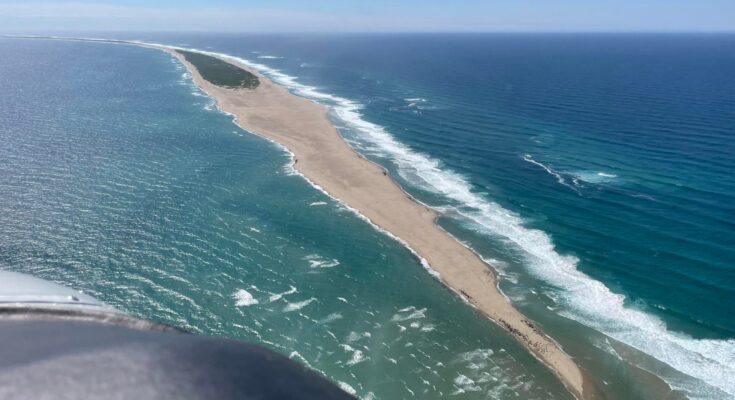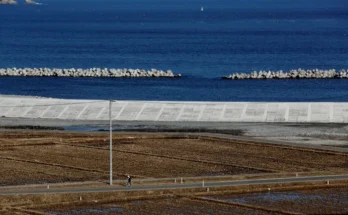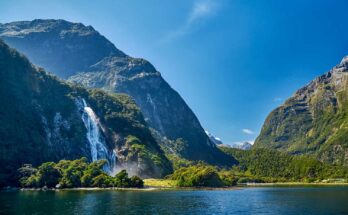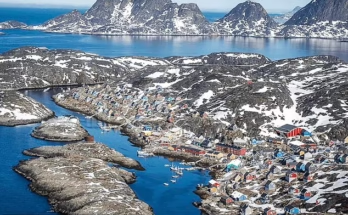Sable Island, a remote and captivating sand island located in the Atlantic Ocean off the coast of Nova Scotia, Canada, is a place of natural wonder and historical intrigue. This crescent-shaped island, measuring about 42 kilometers in length and just 1.5 kilometers at its widest point, is renowned for its rugged beauty, unique ecosystem, and fascinating history.
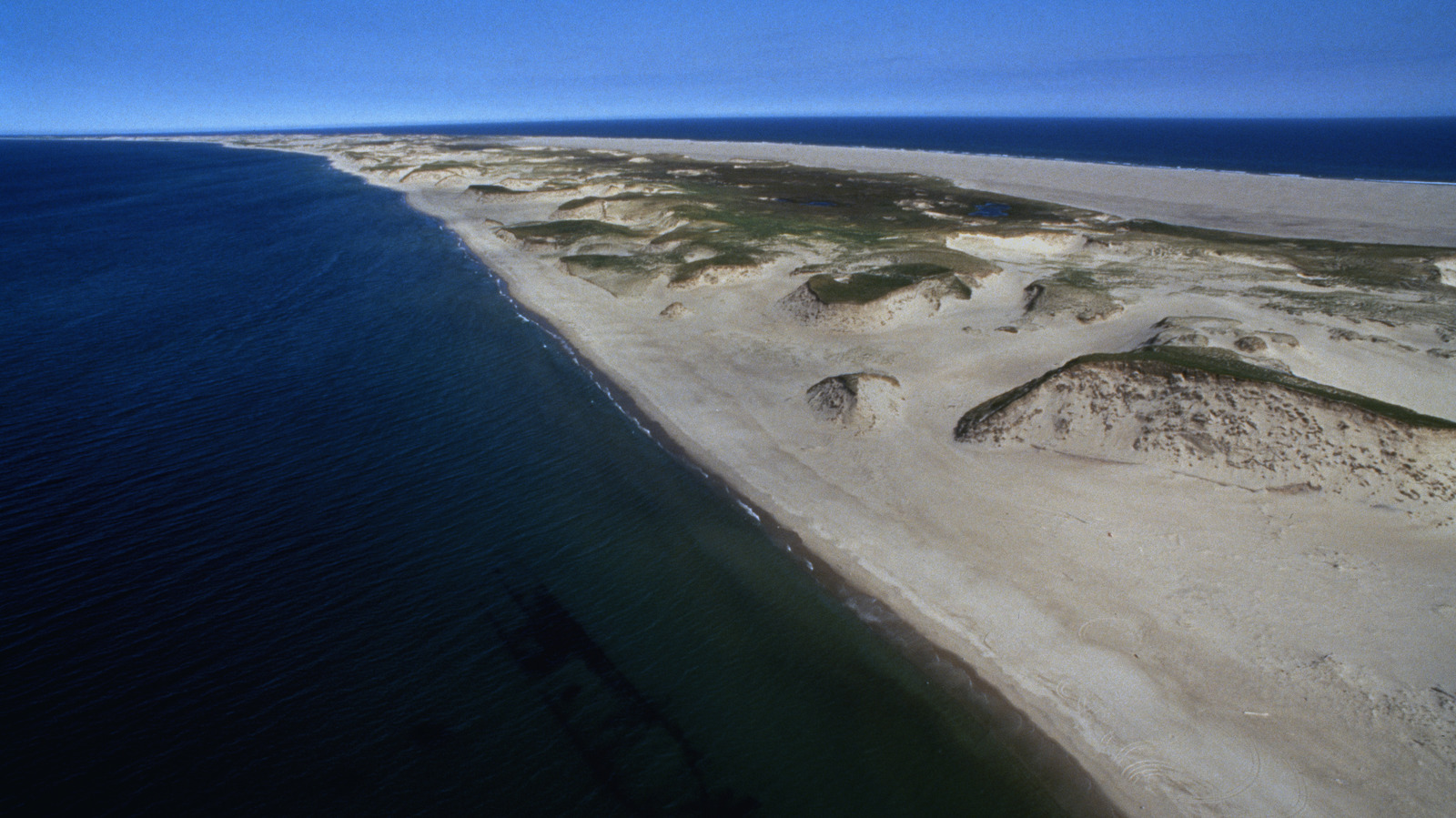
One of the most iconic features of Sable Island is its population of wild horses. These horses, descendants of animals brought to the island in the 18th century, live entirely free and have adapted remarkably to the island’s harsh conditions. With limited vegetation, strong winds, and sandy terrain, the horses have developed hardy traits that allow them to thrive in an environment that might seem inhospitable to other species. Remarkably, Sable Island is home to more wild horses than human inhabitants, emphasizing its remote and untouched nature. The sight of these majestic animals roaming freely against the backdrop of rolling dunes and the vast Atlantic Ocean is a powerful symbol of nature’s resilience.
The island’s ecosystem is another extraordinary aspect of its character. Despite its seemingly barren landscape, Sable Island supports a variety of plant and animal species uniquely adapted to its windy and arid climate. Over 190 plant species have been recorded, many of which are rare or found only in coastal environments. Bird enthusiasts are particularly drawn to Sable Island, as it serves as a vital habitat for numerous bird species. Among the most notable are the Ipswich sparrow, a subspecies of the Savannah sparrow that nests almost exclusively on the island, and various migratory seabirds that rely on the island as a resting and breeding ground.

Sable Island’s location has also made it infamous as the “cemetery of shipwrecks.” Over the centuries, its surrounding shallow sandbanks and unpredictable weather conditions have caused more than 350 recorded shipwrecks. The treacherous waters have claimed countless vessels, and the remnants of some shipwrecks can still be seen scattered along the shoreline. This history has given the island an air of mystery and has fueled legends and stories that continue to capture the imagination of visitors and historians alike.
Today, Sable Island is a protected nature reserve and an important environmental research site. Managed by Parks Canada, the island is preserved to maintain its delicate ecosystem and ensure the continued survival of its unique species. Access to the island is limited and carefully regulated, with visitors required to follow strict guidelines to minimize human impact. This protection underscores the island’s significance as a living laboratory for scientists studying everything from climate change to wildlife conservation.
A fun and notable fact about Sable Island is that it’s one of the few places in the world where wild horses outnumber people. The horses, with their untamed spirit, are emblematic of the island’s wild and remote essence. Their story, alongside the island’s ecological and historical significance, makes Sable Island a true natural treasure, offering a glimpse into a world where nature reigns supreme.
